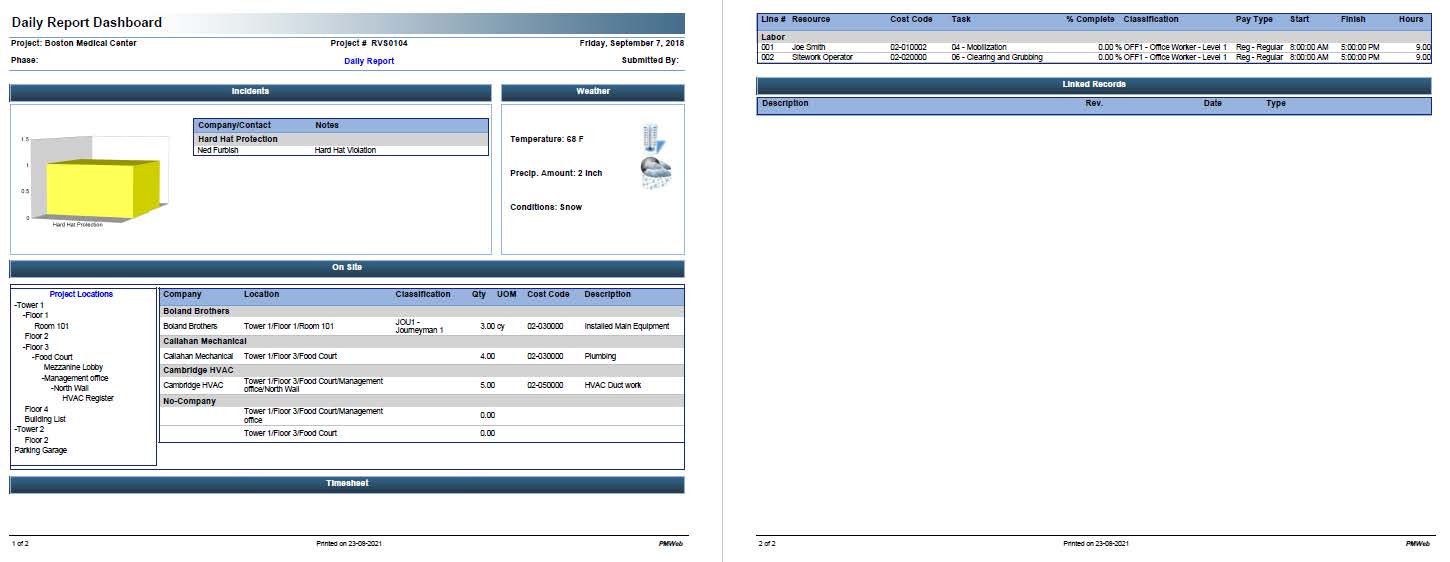For most capital construction projects, the labor planning and efficiency reporting mainly focuses on the planned, earned, actually spent, estimate to complete, and estimated at completion labor resource hours. Nevertheless, most of them lack having a reliable and traceable estimated labor resources cost at completion. This is due to the fact that when it comes to reporting actual labor resource hours spent on-site, most of the reports do not report if those spent hours were regular, overtime, weekend, holiday, or other payment types that will have a direct impact on the actual cost of the spent labor resource hours.
The budget at completion (BAC) and planned value (PV) of labor resources spending will be always based on the detailed cost estimate and resource-loaded detailed schedule developed by the contractor. The updated project schedules will be used to quantify the earned value (EV) of those resources for the approved work in place. On the other hand, daily reports must be used to capture actual labor resource hours (AC) spent in executing the different project schedule activities. Daily reports, unlike timesheets or any other attendance system used by contractors. are the only recognized formal project communication that reports actual labor and equipment resource hours as well as progress on-site in case they might be needed in supporting claim submissions and change orders.
When it comes to reporting labor resources planned, earned, and actual performance, it is recommended that this be based on manhours rather than monetary values. Not only this will enable benchmarking resources’ performance on a single as well as complete projects’ portfolio, but we all know that the actual cost will be always provided by the contractor’s own financial system. Therefore, the pay types for labor resources will be standardized for all labor resource types. For example, the regular hours pay type amount will be 1.0, overtime 1.2, weekend 1.5, holiday 2.0, and so on. In other words, assume that a Mason resource spent during a period 200 regular, 40 overtime, 20 weekend, and 10 holiday hours. Then the actual spent 270 resource manhours spent by the Mason resource will be reported as 330 resource manhours. This is known as the weighted actual resource manhours (WAC).The actual manhours and weighted actual resource manhours will be used to calculate an index (AC/WAC) that will be used to adjust the estimate to complete (ETC) resource manhours which is by default the difference between the budget at completion (BAC) the earned value (EV) for each resource. The adjusted estimate to complete (Adj ETC) will become the basis for calculating the estimated at complete (EAC) which is the sum of the adjusted estimate to complete (Adj ETC) and the weighted actual resource manhours (WAC). The difference between the budget at completion (BAC) and the estimated at complete (EAC) will be the variance at completion (VAC).
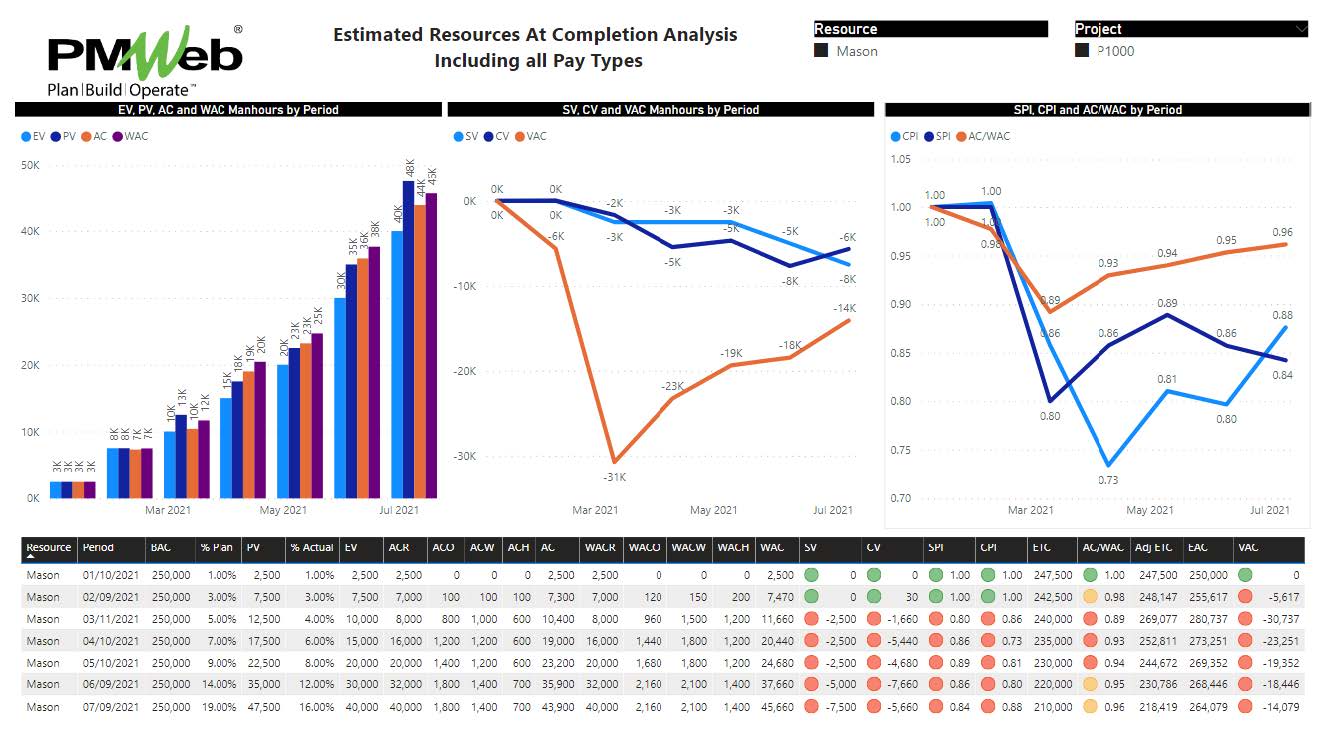
Using a Project Management Information System (PMIS) like PMWeb, all business processes required to manage the delivery of capital construction projects including daily reports will be managed on the same platform. PMWeb daily report module allows capturing details of all work in place completed on the construction site as well as the actual labor and equipment resource hours spent in executing this work in place. Those resource hours will include their pay types which could be regular, overtime, weekend, holiday, etc. In addition, all reported resource hours will be associated with their relevant project schedule activity which will be imported into PMWeb at the of each progress period.

The importance of the PMWeb daily report module for which a separate daily report will be submitted by each project engineer for the activities assigned to him or her is not limited to capturing the resource hours, but actually a record of all actual events that took place on the construction site. Those events which can be also considered as the project diary and other contents of the daily report will be formally communicated to the project owner as daily reports are one of the required formal communications on any capital construction project.
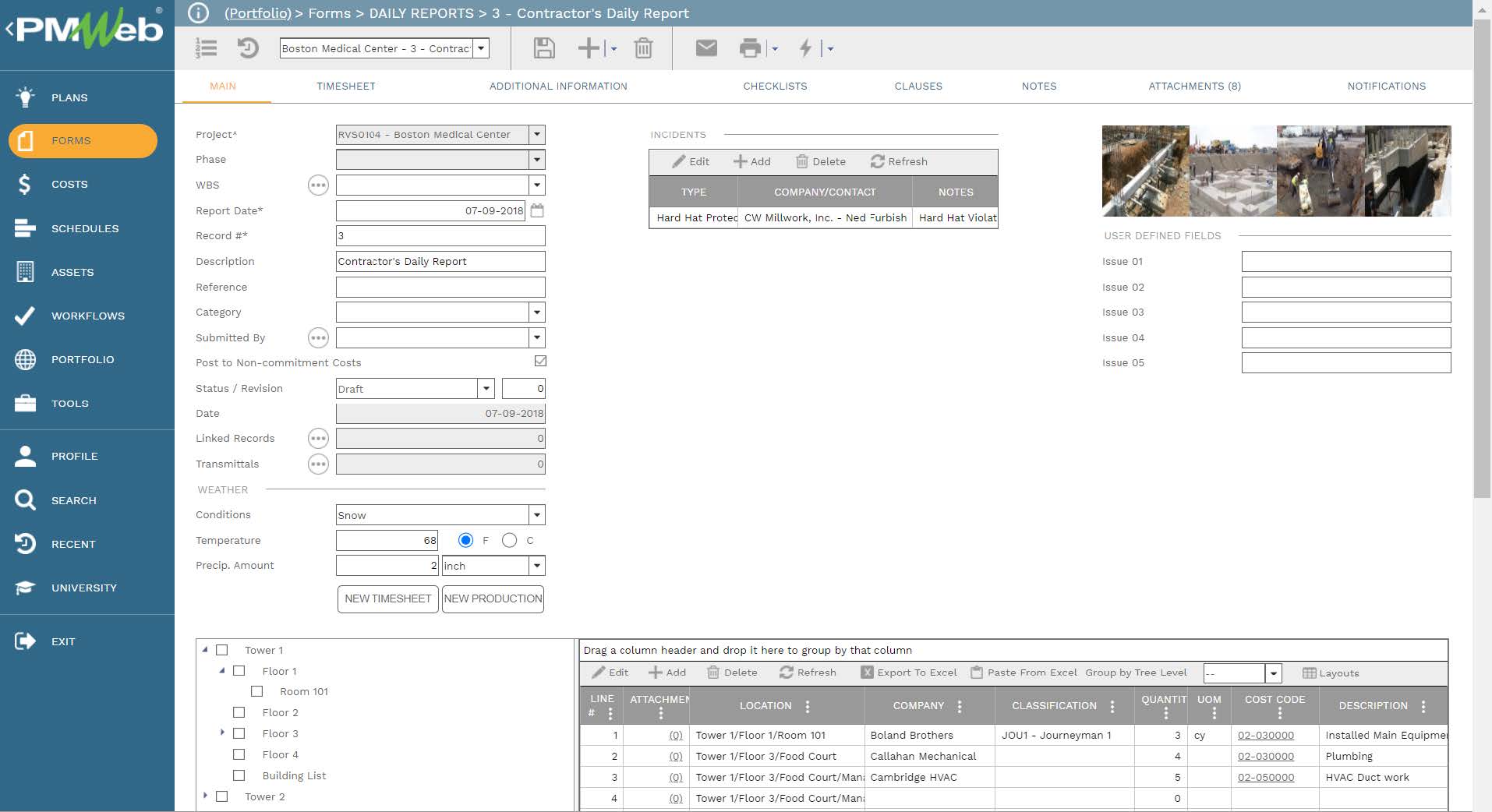
All daily reports need to be attached with their supportive documents which could include pictures, drawings, specifications, police reports, hospital statements among many others. PMWeb attachment tab for the daily report module will be used to attach those supportive documents. It is also highly recommended to add comments to each attached document to provide a better understanding of what was the document for. The attachment tab also allows the user to link other records for business processes implemented in PMWeb as well as associate URL hyperlinks with websites or documents that are not stored in the PMWeb document management repository.
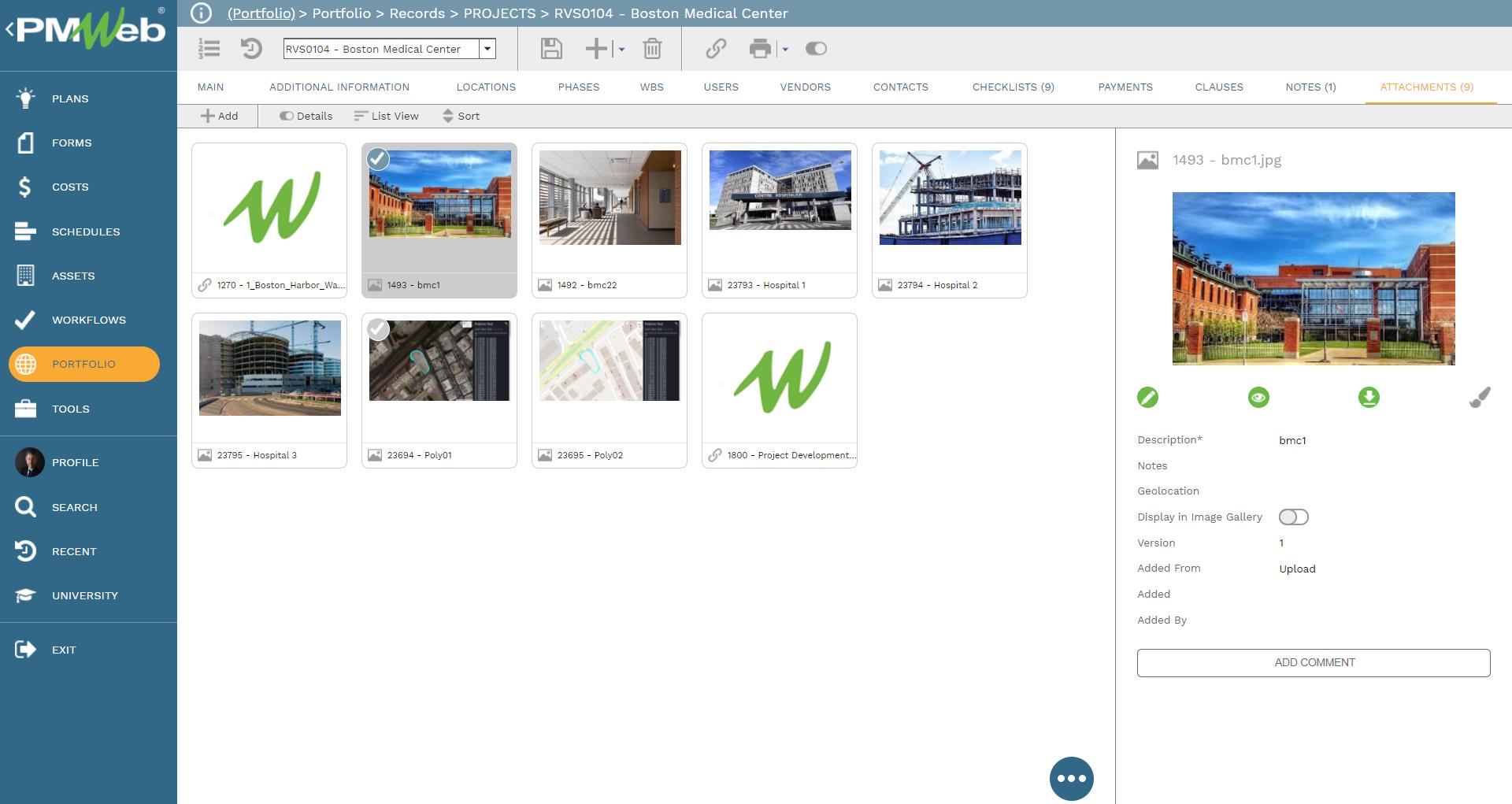
All those supportive documents need also to be uploaded into the PMWeb document management repository so they can be stored and used. Those documents could be uploaded into folders or subfolders so they are better organized and secured. PMWeb allows setting access rights to each folder to identify the users who have access rights to view documents stored in a folder. In addition, PMWeb allows setting notifications for individuals to receive emails when new documents are uploaded or existing documents were downloaded or deleted.
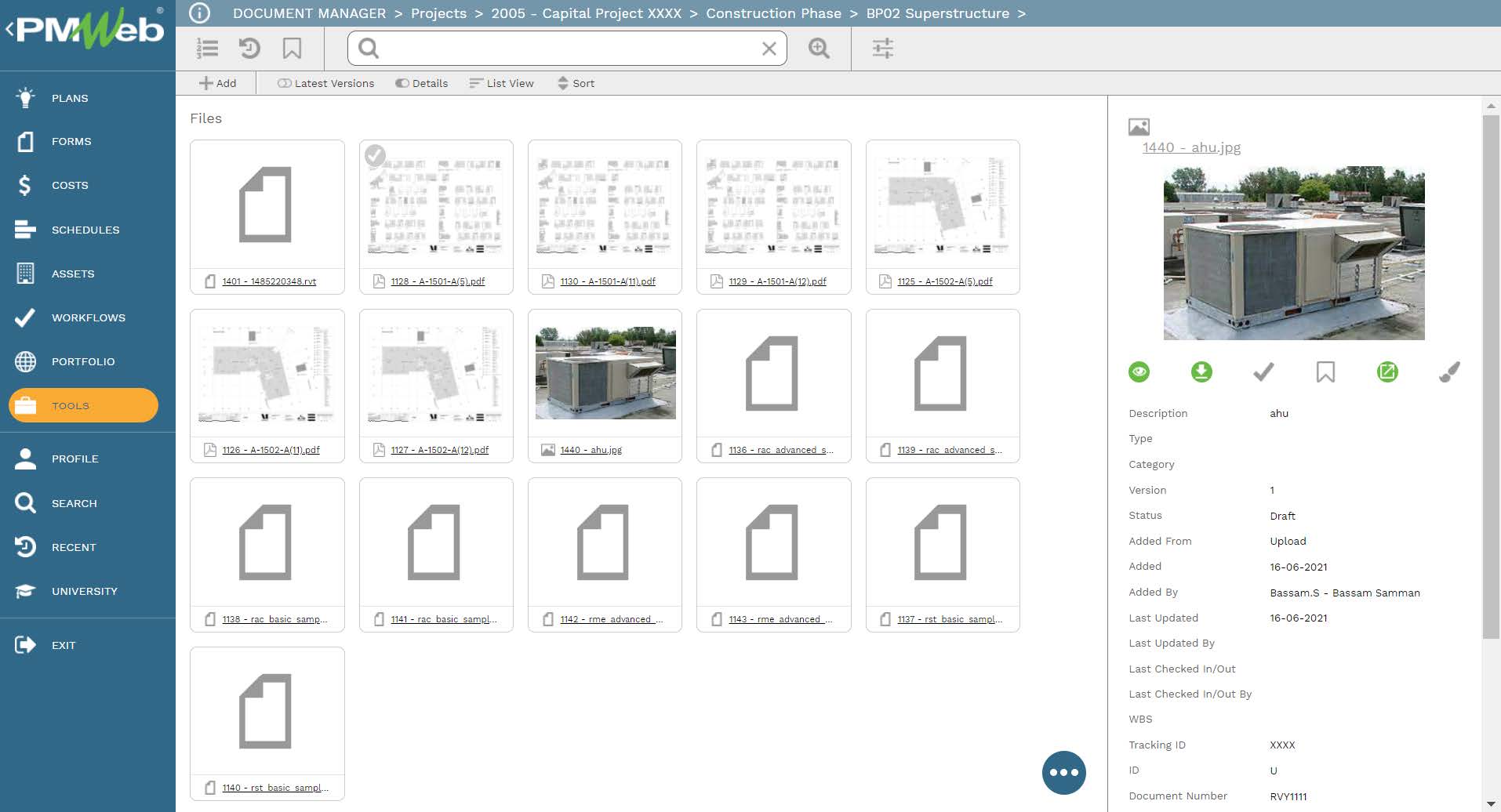
To enforce accountability for each submitted daily report, the PMWeb workflow module will be used to create a workflow to formalize the review and approval tasks of each submitted daily report record. The workflow will map the sequence of the review and approval tasks along with the role or user assigned to the task, duration allotted for the tasks, rules for returning or resubmitting a document, and availability for each task.

When a transaction or a record for any business process is initiated, the workflow tab available on the business process template will capture the planned review and approve workflow tasks for each transaction as well as the actual history of those review and approval tasks. PMWeb will capture the actual action data and time, done by who, action taken, comments made, and whether team input was requested.
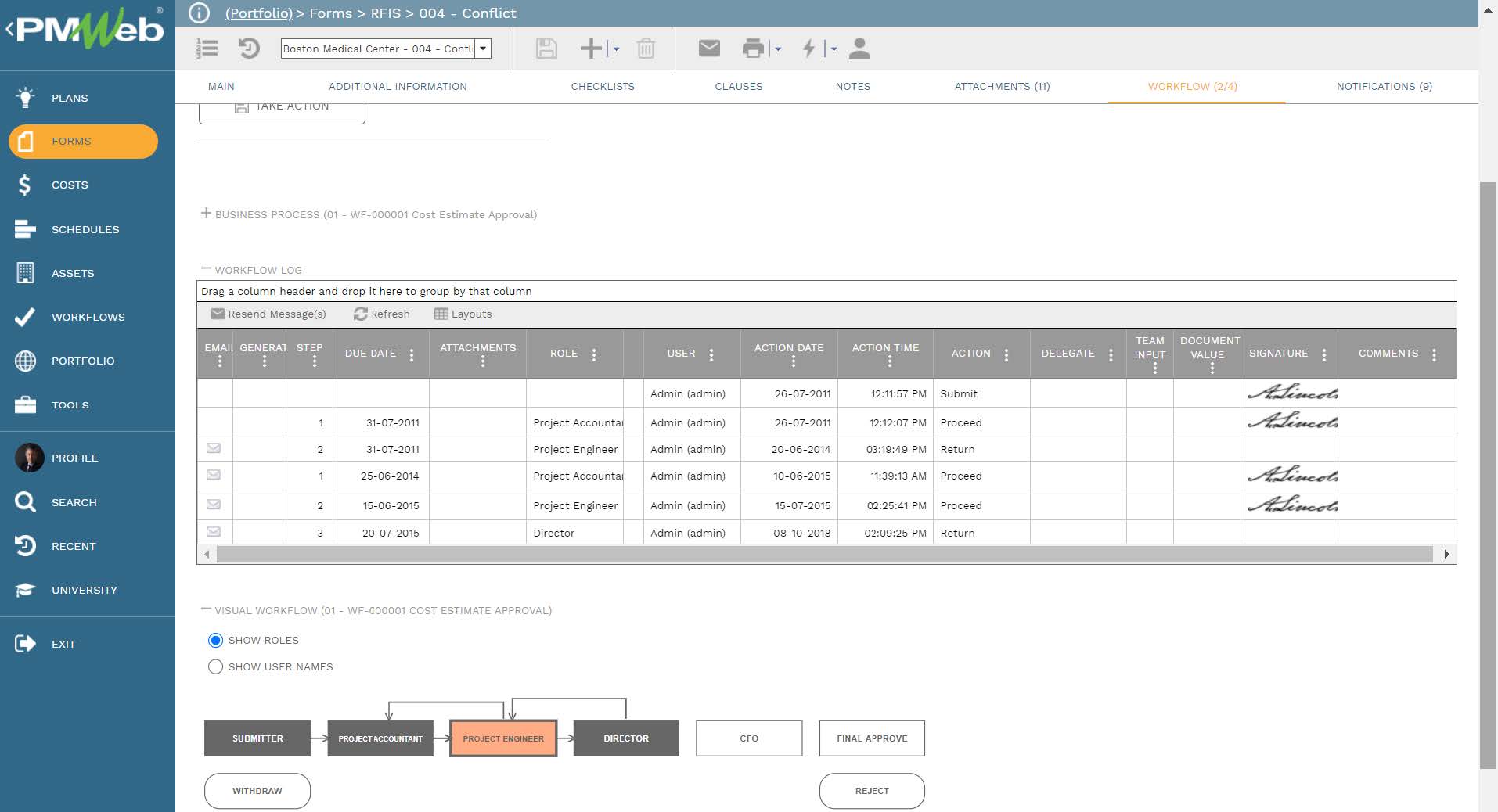
Similar to any other business process that requires to be formally communicated, an output form will be designed using a PMWeb report writer to match the communication requirement set for each project. The daily report form will be designed to include all information that must be communicated to the project owner while excluding internal notes and comments by the contractor’s own project team members. The output form will be designed to match the branding and format set for the relevant project’s formal communications.
